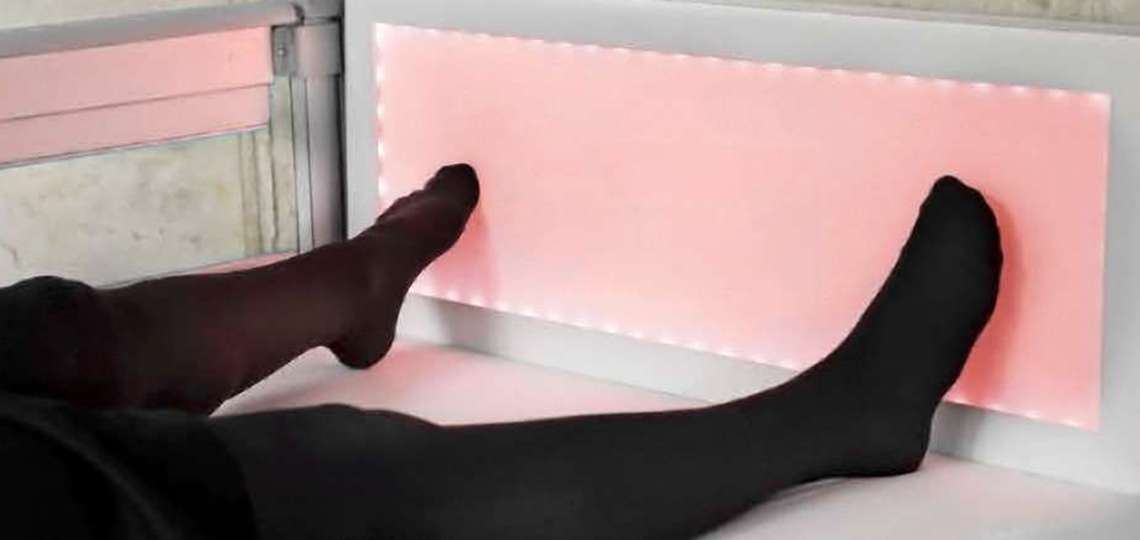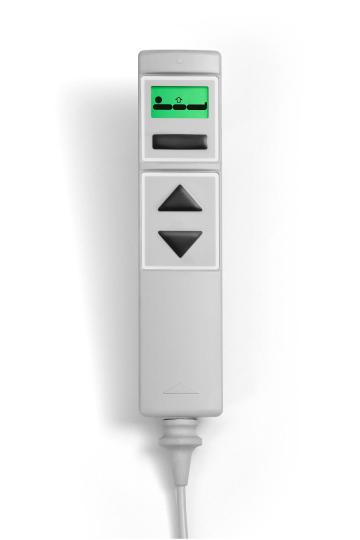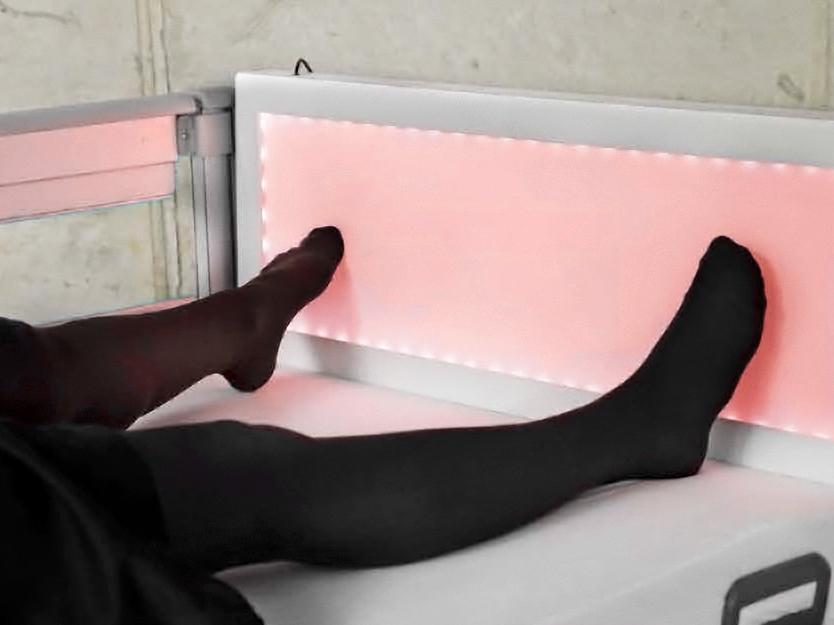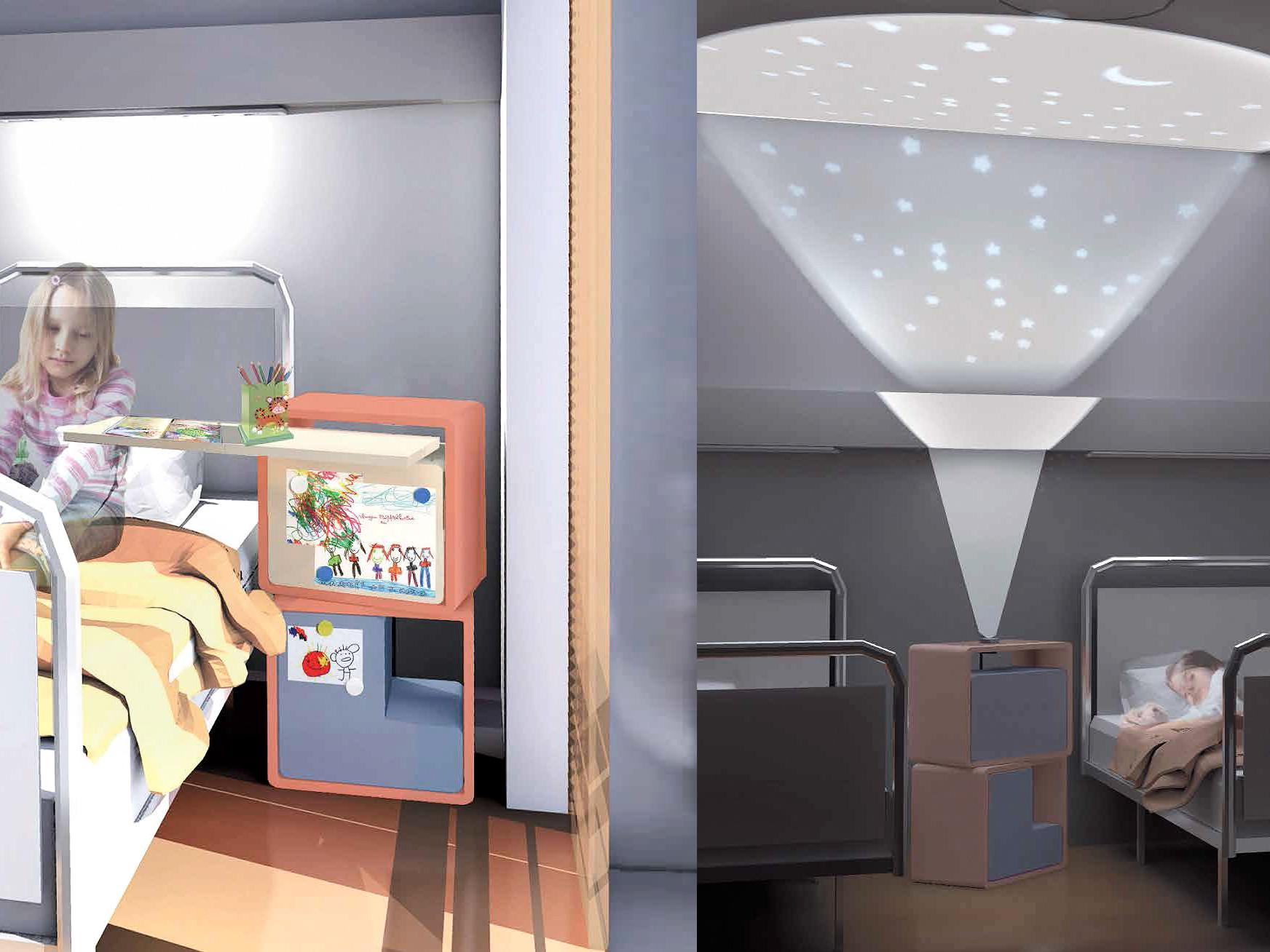
How do we want to live when we are old? What will the patient room of the future look like? Which modern technical assistance can make life easier for us in old age or sickness? These and many other questions were asked by students from six universities in a collaborative project entitled "The next generation".
“The next generation" refers here to today’s 40 to 50 year olds, for whom using the internet and the smartphone is part of daily life. Whoever is used to modern technology today will not want to be without it tomorrow.
To imagine how this generation can be supported in old age in the future, students spent several months working jointly on ideas for innovative and communicative aspects of care for tomorrow. One of the focuses of the project was the Seta hospital bed by Stiegelmeyer.
“ TO MAKE SOMETHING REALITY, WE FIRST NEED TO THINK OF IT. ”
Albert Einstein
The results from the Burg Giebichenstein University of Art and Design in Halle are futuristic developments that especially appeal to the visual sense: Light and colour – directly in the hospital bed! Student Marta Quilis Juan, from the University of Halle, described it as: “An intuitively controllable light source in the footboard of the hospital bed gives the patient something that he does not normally find in hospital: a coloured atmosphere which he himself can influence. The areas of application range from supportive therapy measures to playful rehabilitation techniques to providing a coloured-based structure for the day or a motor prophylaxis. It can also positively influence the mood of the patient and his mental state through colour therapy as well."
Patients spend almost the entire time of their stay in hospital in bed and see everything from this one perspective. The use of colour and light can have a great effect. We will continue to take these trends and results into consideration in our product development.
A further aspect of the project considered the functions of the bed. Elderly and physically restricted patients are not able to cope with complicated handsets. Where are there functional problems and how complicated are the devices to use? One of the student findings was: The operating buttons are too small and there are too many. Illogical pictograms gave cause for criticism. Stiegelmeyer used this analysis as a basis for developing the operating concept for the new LCD handset. It enables elderly patients and dementia patients to easily operate and adjust the bed. This creates a valuable bit of Independence.
This is a future version that has already been implemented today.



